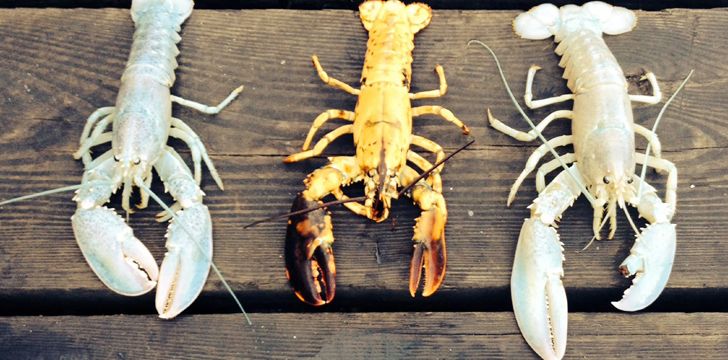Before the onset of World War I, lobsters were considered by people to be the cockroach of the sea, food eaten by prisoners, homeless people, and slaves.
But the attitude of aristocracy soon changed regarding these crustaceans and they became one of the foods associated with wealth, power, and high social status.
Lobsters, when they are taken from the sea, are usually a muddy brownish-green color.
And everybody knows that when they’re cooked they turn a bright pinky-reddish color.
Although what most people don’t know is that there are several rare color-morph variants of lobsters out there.
In some domesticated animals, such as snakes, many different color-morphs are a normal thing due to years of selective breeding.
However, in the wild, color-morph variants of different creatures are very, very rare.
Neon-blue Lobsters
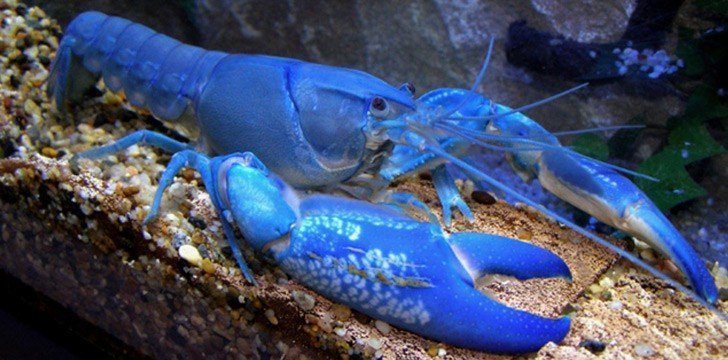
In May 2016 two Canadian fishermen were celebrating their catch of two bright neon-blue lobsters off the coast of Nova Scotia.
There are many different things that can cause a lobster to be colored blue (or any other color) such as dietary or habitat conditions.
However, some of these blue lobsters are just genetically blue, which is often a result of a blue lobster parent.
A blue lobster catch is generally considered an omen of good fortune – and rightly so.
Many researchers and scientists believe there to be a one in two million chance of catching them.
However, some researchers dispute this figure, saying the odds of this are even higher!
One thing is known for sure though, that these striking blue crustaceans aren’t the only crazy colored lobsters out there – nor are they the rarest.
Red Lobsters
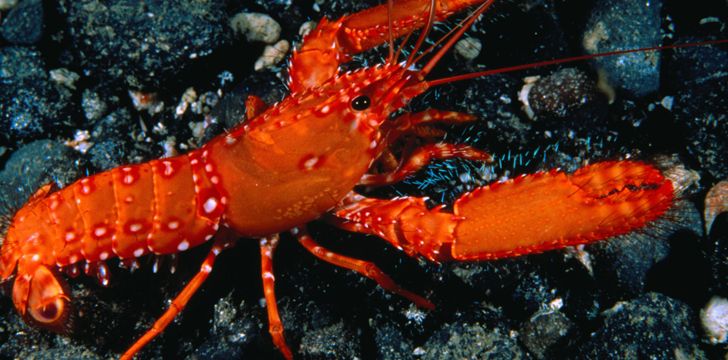
Rarer than blue lobsters are red lobsters.
Now when they’ve been boiled alive, all lobsters tend to go a pinky-red color.
But there are live red lobsters out there, and the chance of finding them is about one in ten-million, trouncing the odds of finding a blue lobster.
Yellow Lobsters
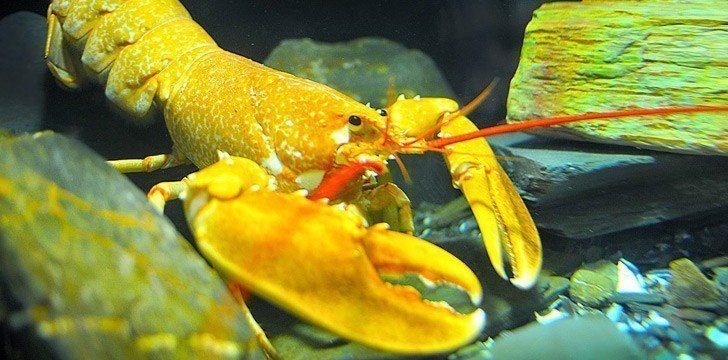
Even rarer than a live red lobster, yellow lobsters, or calico lobsters as they’re also known, are believed to be a one in thirty-million occurrence.
In 2014 one of these rare yellow lobsters was actually rescued from a supermarket lobster tank in America and set back into the wild.
These calico lobsters tend to vary in color from a very pale yellow, all the way through to a vibrant orange-yellow.
Much like the hair color of a human, this calico coloring is inherited from the lobster’s parents.
Multicolored Lobsters
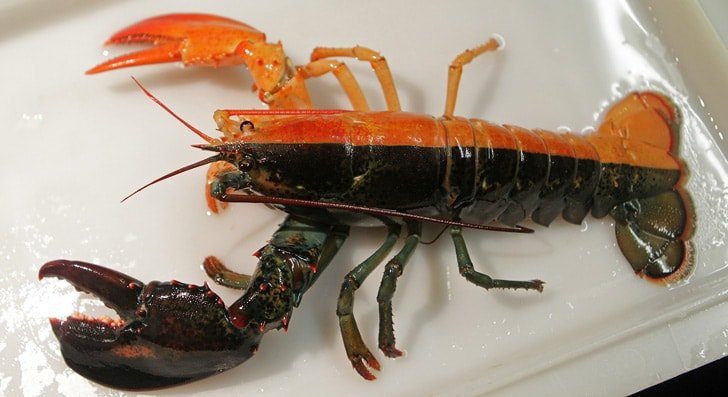
There is also a variant of lobster known as a “half-and-half” lobster, which features split coloring straight down the middle.
Now, these half-and-half lobsters can often be half of any different lobster color, with some being half blue, and others being half calico.
Much like calico lobsters, it is believed these split-colored lobsters appear as they do due to their genetics.
Researchers are still unsure as to the odds of finding a half-and-half lobster, but many people believe the odds to be roughly one in fifty-million!
Albino Lobster
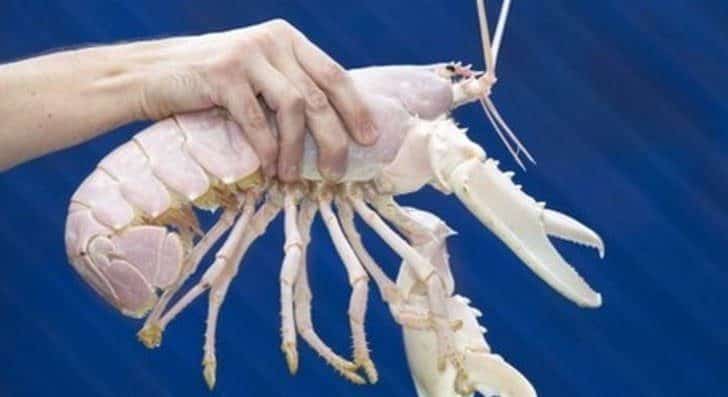
Now I know what you’re thinking, surely there can’t be a rarer lobster than one with odds of one in fifty million.
Well… several years ago off the coast of Dorset, England, two fishermen caught an incredibly rare albino lobster, also known as a “crystal lobster”, that was believed to be about 30 years old.
The odds of catching a wild albino lobster are one in a hundred-million and they are the only lobsters that don’t turn red once cooked.
But this catch is also significant given that it’s only the third albino lobster to have ever been caught in the UK over the past 30 years.
Another thing that makes this lobster special is its age. Lobsters tend to live until about 50 years old in the wild.
The fact that this albino lobster has lived to roughly 30 years is a minor miracle, given that a big part of a lobster’s survival in the wild is the camouflage given to it by its dark coloring.
This dark coloring helps it blend in with the dark seabed depths where they live.
So for a bright-white lobster to have survived that long without camouflage and not be eaten by a predator like a shark is a pretty special feat.
Now if you think about how unlikely it is for a lobster with no camouflage to reach this age, not to mention the unlikelihood of there actually being a crystal lobster caught, then this specific lobster is probably rarer than a cage full of blue, red, and calico lobsters put together!

